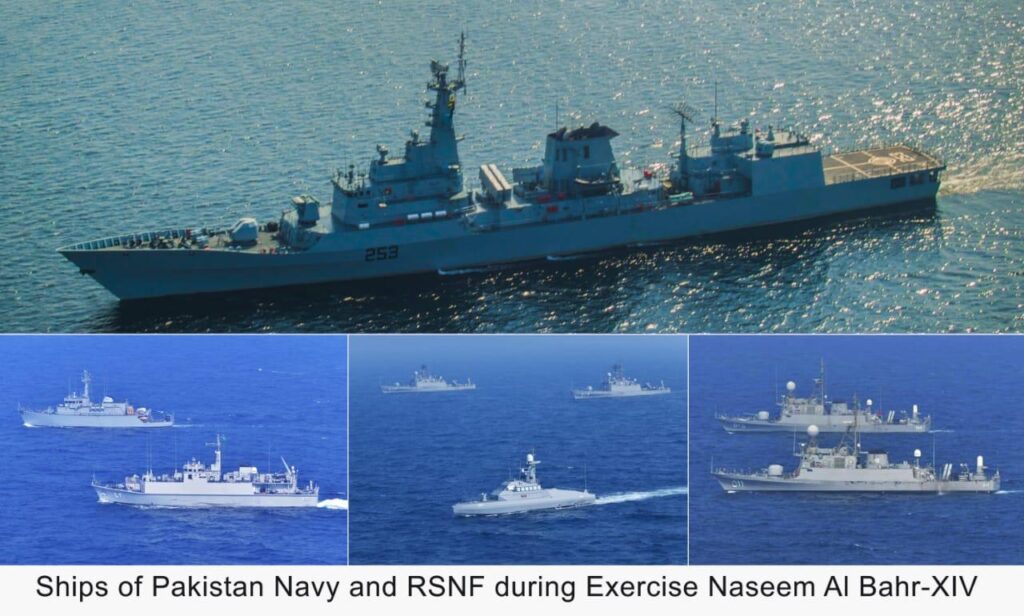NEW DELHI (Reuters) – A new ports and railway corridor for the Middle East and South Asia will include train links to India, an Indian foreign ministry official said on Monday, offering new details about the plan unveiled over the weekend at the G20 summit in Delhi.
Asked about the proposals, Ausaf Sayeed, a secretary in the Ministry of External Affairs, spelled out that the corridor would include trains to India and not just links by port.
“India would be connected by railroads is the right interpretation, rather than India building the railroads,” he said in response to a question at a media briefing.
The multinational rail and ports deal, which includes as members the United States, Saudi Arabia, India, the European Union and the United Arab Emirates, is being viewed as a response to China’s ambitious Belt and Road Initiative.
The corridor would be “the equivalent of the Silk Route and Spice Road,” Saudi Investment Minister Khalid Al Falih said at an event in New Delhi later in the day, adding that it will provide “greater energy connectivity, green materials and processed and finished goods that will rebalance the global trade.”
During Saudi Crown Prince Mohammed bin Salman’s state visit to New Delhi on Monday, India and Saudi Arabia also discussed the possibility of trading in local currencies and expediting the negotiations for a free trade agreement between India and the Gulf Cooperation Council, of which Saudi Arabia is a member.
He added that while import controls have been relaxed, the move has pushed the current account back into a deficit, which pushes up the costs of imports and paying debt.
“Since import controls are no longer an option as well, due to the IMF agreement, policymakers may have to resort to tighter monetary policy to curtail demand and rein in the deficit,” he said.
Pakistan’s central bank said in July that it expects inflation to be on a downward path over the next 12 months.
Analysts also noted that rises in cut-off yields in treasury bill auctions – the highest yield at which a bid is accepted – indicate that market participants expect a rate hike.



